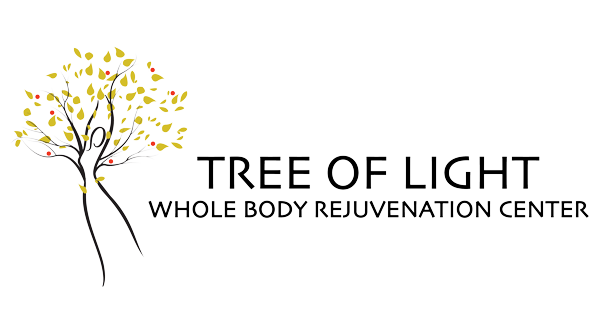
The Science
There are over 3,000 studies on LED Light Therapy(LLLT), now called Photobiomodulation. We recommend the NIH website for controlled, peer reviewed and published studies to get what may be the best pure science. Manufacturer based studies are frequently skewed to the biases of the manufacturer and the products they sell.
Below are studies found on the NIH website linked to specific conditions.
When you click the links below you will be taken to supporting research for that condition on the National Institute of Health website. The righthand sidebar on the NIH website shares similar studies for that condition. To go deeper into research on a specific condition you can either click onto similar studies or perform a search on the NIH site search bar at the top of the page. These are medical studies with terminology that can be difficult for most. If you are not familiar with medical terms, you might choose to read the Conclusion at the bottom of each page first.
THIS SAYS IT ALL!
Read what researchers from Mass General, Harvard and Boston University conclude about LED Light Therapy.
http://www.ncbi.nlm.nih.gov/pmc/articles/PMC2790317/ 2.8. Downstream cellular response
There have been a large number of both animal model and clinical studies that demonstrated highly beneficial LLLT effects on a variety of diseases, injuries, and has been widely used in both chronic and acute conditions (see Figure 7). LLLT may enhance neovascularisation, promote angiogenesis and increase collagen synthesis to promote healing of acute (Hopkins et al. 2004) and chronic wounds (Yu et al. 1997). LLLT provided acceleration of cutaneous wound healing in rats with a biphasic dose response favoring lower doses (Corazza et al. 2007). LLLT can also stimulate healing of deeper structures such as nerves (Gigo-Benato et al.2004), tendons (Fillipin et al. 2005), cartilage (Morrone et al. 2000), bones (Weberet al. 2006) and even internal organs (Shao et al. 2005). LLLT can reduce pain (Bjordal et al. 2006a), inflammation (Bjordal et al. 2006b) and swelling (Carati et al. 2003) caused by injuries, degenerative diseases or autoimmune diseases. Oron reported beneficial effect of LLLT on repair processes after injury or ischemia in skeletal and heart muscles in multiple animal models in vivo (Ad and Oron 2001; Oron et al. 2001a; Oron et al. 2001b; Yaakobi et al. 2001). LLLT has been used to mitigate damage after strokes (in both animals (Lapchak et al. 2008) and humans (Lampl et al. 2007)), after traumatic brain injury (Oron et al. 2007) and after spinal cord injury (Wu et al. 2009).
Beneficial tissue effects of LLLT can include almost all the tissues and organs of the body.
